Measurement methodology
Today’s article serves as an introduction of a new player on our market, besides the usual review. This is Valkyrie, a company that offers mainly liquid AIO coolers, although you can also find one air cooler in their offer. The focus of today’s article, however, is the Dragonfang 360, which is a liquid AIO cooler that promises solid efficiency at a reasonable price, which of course I intend to rigorously test on my test rig.
Testing methodology
As a test processor and heat generator I use the Intel Core i7-11700K on the Asus TUF Gaming Z590-Plus WIFI motherboard. The entire build is mounted on a Streacom BC1 frame with no fans to provide airflow. Acoustic shielding (acoustic foam on OSB boards) is installed around the test rig to eliminate ambient noise. The Voltcraft SL-100 calibrated noise meter is placed perpendicular to the cooler in a fixed position relative to the motherboard at a distance of approximately 35 cm from the processor socket.
Stress tests are performed using Prime95 with a duration of 30-35 minutes. Coolers are tested at three standardized noise levels (36, 39 and 42 dBA) and then at maximum speed. In addition, I am gradually adding tests at 45 and 48 dBA levels and you will also find this data in the results over time. The tests are run in two sets based on the thermal output of the processor.
The first set of tests is at 125 W, i.e. the forced PL1 limit of the processor. In the second set, the power draw is then about 210 W (4500 MHz at 1.285 V). However, this second level represents a very high concentration of heat per mm2 due to the small size of the chip itself. Thus, not all coolers can be expected to pass this set of tests at all noise levels. For example, no cooler has reached the 36 dBA level at this load, and I ended up eliminating it from the tests after some consideration.
The highest temperature reached after the test is always recorded. All data regarding temperatures and thermal output of the processor are obtained from HWiNFO64. The measured values are then adjusted against the temperature in the room as the resulting Delta T. The test success limit is set to 75 °C. Any higher value means a risk of processor temperature above 95-100 °C and a risk of thermal throttling. Therefore, if the cooler does not pass the load with a Delta T value below 75 °C, such a test is marked as a failure.
- Contents
- Key Features
- Measurement methodology
- Results – 36 dBA
- Results – 39 dBA
- Results – 42 dBA
- Results – 45; 48 and 51 dBA
- Results – maximum speed
- Spectral analysis of noise
- Conclusion and evaluation





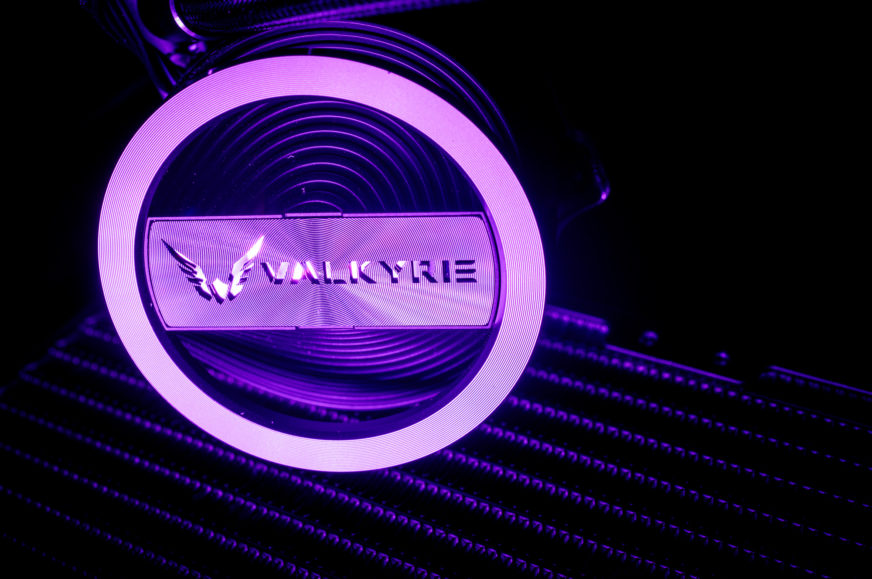
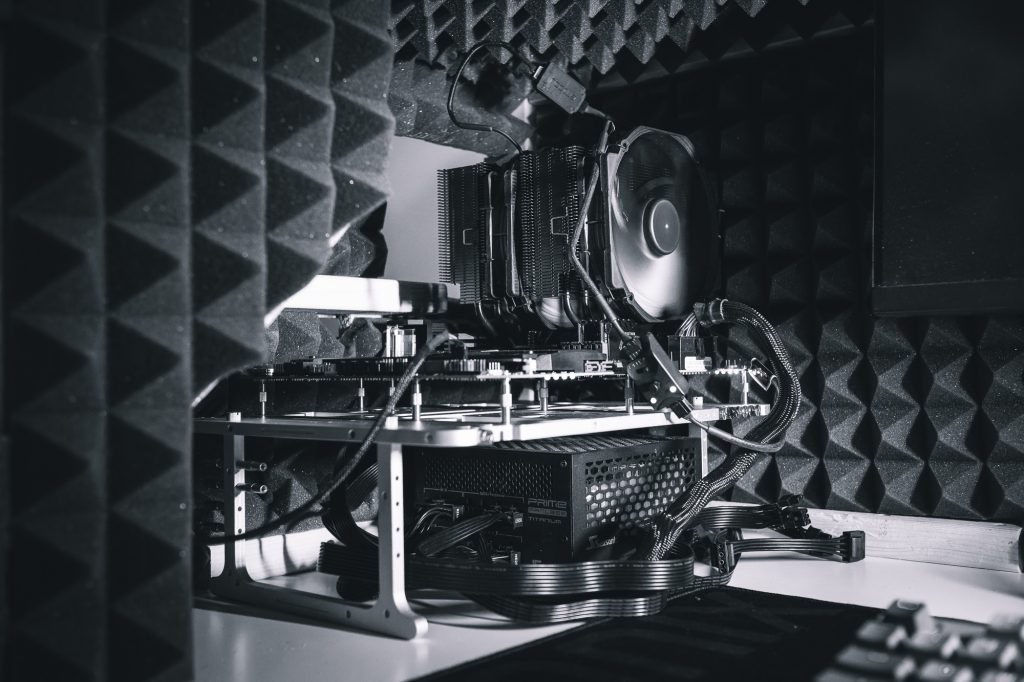
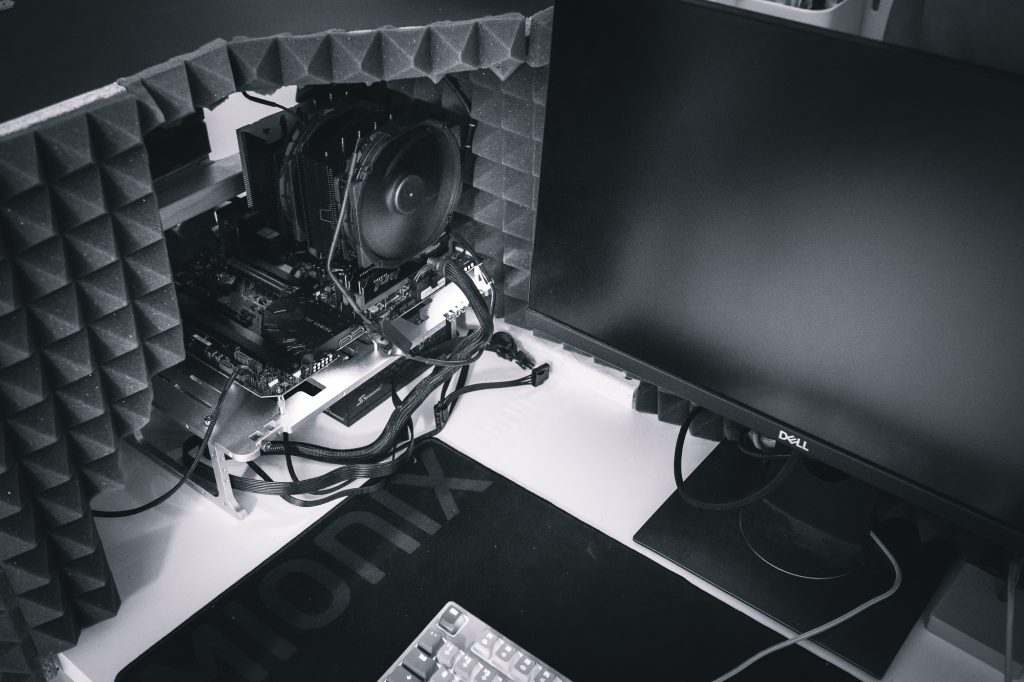
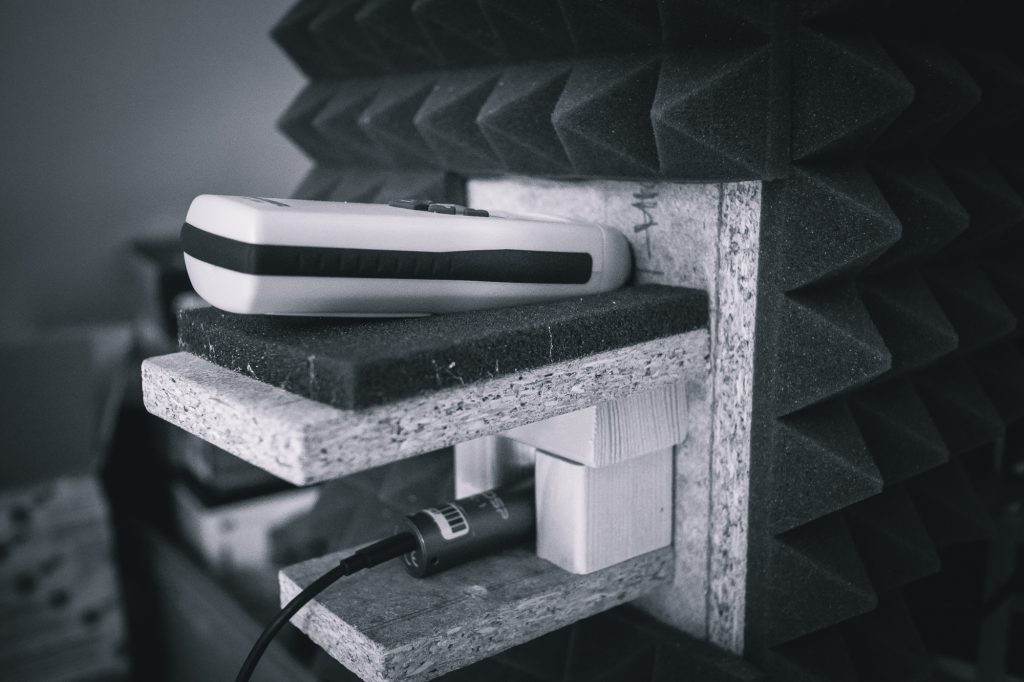
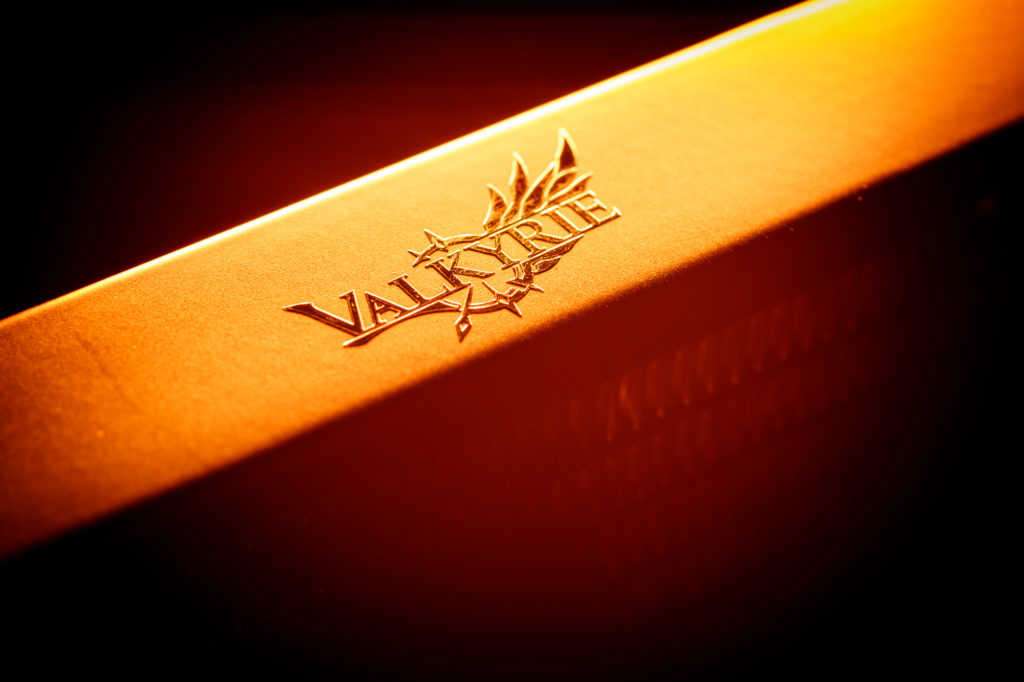

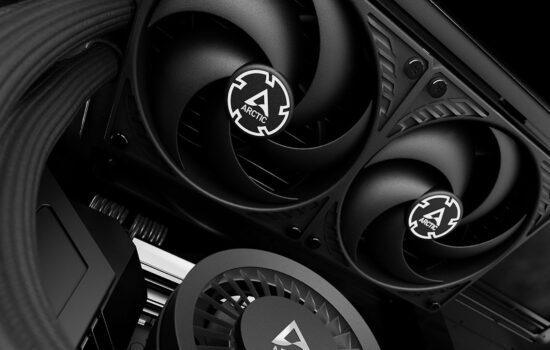




Great analysis as usual guys
Question, do you take the pump noise levels into account as well?
Any way to test pump noise reliability (vibration or rattling during idle, like the typical zzzzzzz slightly audible if close to the case).
Im thinking about the LT720 DeepCool, but my current LE720 DeepCool produces a slight buzz noise that I want gone.
Thanks!
Hello and thanks for your comment.
Yes, I always take pump noise into consideration as it’s part of all those noise normalized testing. And it’s always an issue with AIO – they can never be whisper silent as air coolers due to pump noise. I have fully fledged custom liquid cooling loop in my PC and even it is not completely silent, my DDC at 20% (lowest possible setting) is still slightly audible.
LT720 is a great cooler, I used it as an interim cooler while waiting on some cooling parts after periodal upgrade of hardware. But you will still hear the pump, no matter what. You want complete silence? Go passive/semi-passive, no other way around it (which sucks a little for me as well, I’d love dead silent system, but I also need computing power which means higher power output and thus more cooling capacity which comes along with some noise as well).
An isolated evaluation of the pump would be nice to see, even if it’s only frequency analysis.
The question is how relevant in terms of accuracy it would be. I suppose that the technical level of deaeration, which is significantly reflected in the noise level of the pump, can be different within the same model. Especially for cheaper liquid coolers. I don’t think that this is something that manufacturers are concerned with in terms of quality standards. Of course, then it is possible to take more samples for analysis, but as you can see, we have different time frames for different tests. We can’t devote as much space to CPU cooler tests as we can to fan tests, for example.